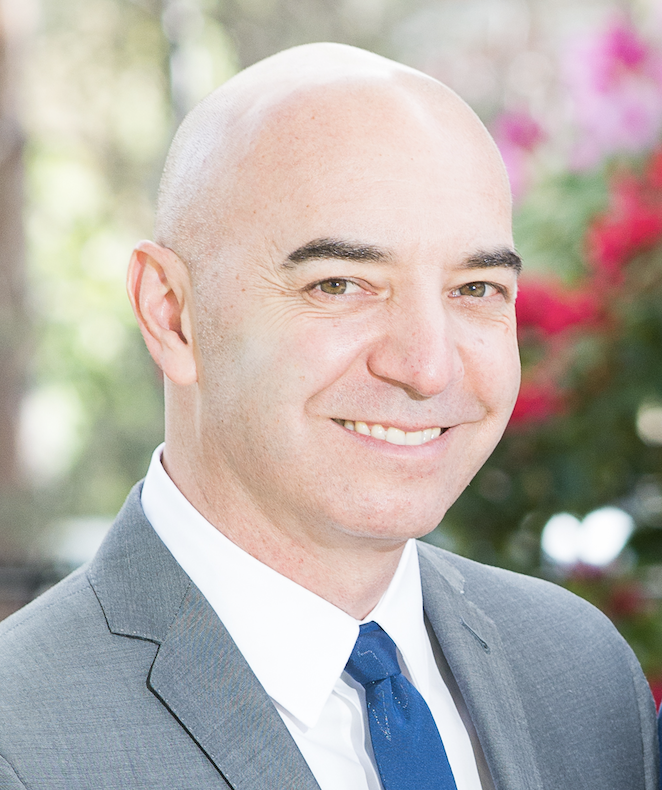“Our duty now is to marshal the resources and expertise to make it possible to reopen our campuses, safely, as soon as possible. Our students, and our local economies, depend on it.” That’s how Christina Paxson, president of Brown University, expressed her beliefs on why colleges must reopen in the fall in a New York Times opinion piece on April 26.
College and university officials are facing the unknown as they prepare to reopen in the “new normal.” Every scenario—in-person, online, or hybrid—has its own challenges.
While many discussions are focusing on hybrid teaching, staggered semesters, and new residence models, student services and processes aren’t receiving the same attention. However, critical student-facing services—and the processes that power them—have to be agile and adaptable so back-to-school can be successful.
Now is the time to transform your student services. You can no longer waste precious student, faculty, staff and administrator time on manual processes, paper forms, repetitive calls and emails, and outdated rules and policies. Services need to enable student goals and the academic mission, not distract from them.

This means admissions, orientation, registration, financial aid, advising, counseling, accessibility services, career center services and more must be intuitive, seamless and available when, where and how students want them. And administrative processes like student billing, classroom scheduling, records management, and others must be efficient, effective and flexible.
Leverage your current change mandate
Maybe time and resources weren’t previously available—or facilitating staff change wasn’t a priority. COVID-19 changed all that, forcing an abrupt move to alternative service models and processes. There’s now a burning platform to continue building on that momentum, addressing long-standing issues and creating sustainable, adaptable solutions for the future. Keep in mind that:
- No one needs convincing. The world is forever different. Change must happen and everything has to be rethought. “I don’t want to change” is no longer an excuse for the status quo.
- Staff are willing to change. They have seen the advantages of streamlining services and eliminating legacy processes for stakeholders and the institution—and for themselves. They’re excited about participating in the transformation and benefiting from the outcomes.
- Transformation is possible. Organizations are more open to rethinking traditional approaches and creating innovative, next-generation solutions for students, faculty and staff that align with strategic goals and academic priorities.
Think strategically and surgically
Financial losses have been mounting and the funding future is unknown. The initial reaction at many institutions has been to cut budgets across the board, claw back unspent dollars, cut services, offer retirement incentives and freeze hiring. However, now is the ideal time to invest in a strategic, surgical approach to spending and cutting instead of making blanket decisions.
For staffing, this means evaluating and adjusting where and how people work, making changes to ensure jobs are filled by staff with required skills and tapping high performers and innovative thinkers to drive change.
Campus leaders should also take this opportunity to review services and processes and align them with operational and strategic goals. This means continually, proactively reviewing services, launching new ones and sunsetting unnecessary ones—as well as examining and improving processes—to best align with and enable current and evolving institutional needs and directions.
Steps to transforming services and processes
So where do you start? First, recognize that transformation has to be holistic. This involves recognition that:
- Services must be intuitive, seamless, and available when, where, and how students want them.
- Back office processes need to be efficient, cost-effective, and flexible, and leverage technology.
- Policies should align with institutional strategies and operations.
- Organizations have to be optimized and working to capacity with the right tools and training.
Next, ensure success by adopting a focused, proactive approach. Be sure to:
- Engage leaders to sponsor and support transformation—and process owners to drive it.
- Define your desired future state—aligned with the institution’s strategic and operational goals.
- Inventory current services and processes.
- Choose services and processes to transform based on pain points, future goals, and ROI.
- Use a structured, facilitated, timeboxed methodology to transform and streamline services and processes.
- Leverage staff capacity and knowledge.
- Implement solutions—quick wins immediately and more in-depth solutions incrementally.
- Measure the impacts and continually adjust.
Also read: 6 snapshots of how colleges and universities plan to reopen safely
The benefits are clear
The above changes will result in better service, improved processes, freed staff and administrator time, increased efficiency, less bureaucracy and a high functioning organization. You will also be building an agile environment—with staff that embrace change—adaptable to future strategic initiatives and operational goals, and higher ed and technology trends.
Kevin Ciotta is a principal in JM Associates, a consulting firm in the higher education sector. JM Associates partners with colleges and universities in the United States and Canada to rethink their student and other institutional processes by engaging leaders to define desired end results and facilitating staff to create solutions to streamline and transform processes.

